Explore 5 Strangest Things in Outer Space
Outer space is a vast and mysterious realm, a canvas painted with enigmas that defy the boundaries of human comprehension. As a blog writer, I often find myself drawn to the cosmic tapestry that stretches across the universe, and today, dear readers, we’re about to embark on a thrilling journey beyond the confines of our planet. In this article, we’ll set our sights on the peculiar and the perplexing, delving into the deep unknown to unveil five of the strangest phenomena that outer space has to offer.
From the mind-bending concept of cosmic vacuums to the tantalizing possibility of shortcuts through spacetime, fasten your seatbelts as we navigate the uncharted waters of the cosmos, where the extraordinary becomes the norm, and where the mysteries of the universe await our curious exploration. So, let’s launch our mental rockets and blast off into the captivating world of outer space anomalies!
Explore 5 Strangest Things in Outer Space
1. Black Holes: Cosmic Vacuums
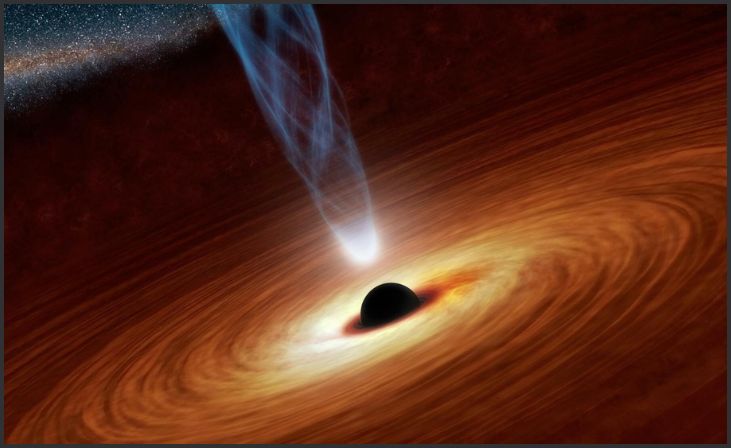
Black holes are enigmatic and captivating cosmic entities that create mysterious vacuums where gravity is so intense that not even light can escape. These gravitational monsters are born from the remnants of massive stars that have undergone supernova explosions.
Black holes come in various sizes, with supermassive black holes residing at the centers of galaxies, including our Milky Way. These colossal black holes are the dazzling beacons of the universe, emitting energy that outshines entire galaxies. They are responsible for shaping the galaxies we see today.
2. Quasars: Galactic Lighthouses
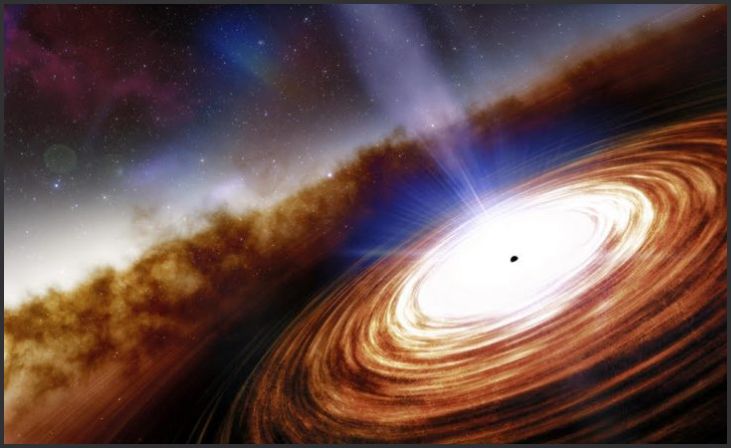
Quasars are another mind-boggling phenomenon in the cosmos. These celestial objects are believed to be the unbelievably dense remnants of massive stars. What makes quasars truly astonishing is their luminosity. A single quasar can emit energy that outshines entire galaxies, making them some of the brightest objects in the universe.
The energy emitted by quasars is generated by the supermassive black holes at their centers. As material falls into these black holes, it releases an immense amount of energy in the form of light and radiation. Quasars are like galactic lighthouses, illuminating the distant corners of the cosmos.
Also Read:- Must-Read Books for a Lifetime
3. Neutron Stars: The Invisible Giants
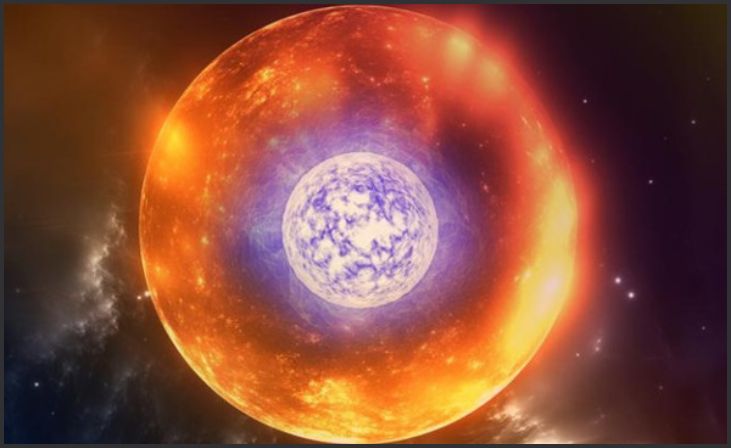
Neutron stars are fascinating cosmic objects that comprise most of the universe’s mass. Despite their tremendous density, neutron stars are incredibly small in size, typically measuring only about 12 miles (20 kilometers) in diameter. This means that a teaspoonful of neutron star material can weigh billions of tons.
Neutron stars are the remnants of massive stars that have undergone supernova explosions but weren’t massive enough to become black holes. Their gravitational pull is so strong that they can bend light, giving them a peculiar appearance. Although they are elusive and invisible to the naked eye, neutron stars play a crucial role in our understanding of the cosmos.
4. Dark Matter: The Cosmic Enigma
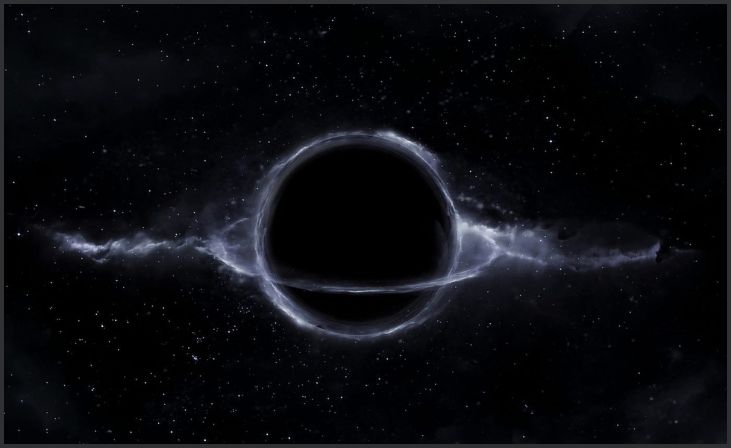
Dark matter is one of the most mysterious aspects of the universe. Unlike the previously mentioned phenomena, dark matter cannot be observed directly. Instead, it is a theoretical concept that has baffled scientists for decades.
Dark matter is believed to be a form of matter that doesn’t interact with light or electromagnetic forces, making it invisible. It is thought to comprise a significant portion of the universe’s mass and plays a crucial role in the formation and structure of galaxies. Some theories even suggest that dark matter could be the key to understanding the universe’s expansion.
5. Wormholes: Cosmic Shortcuts
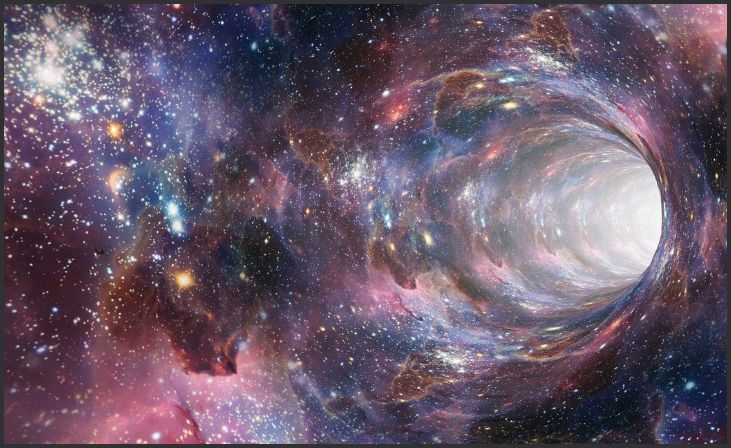
Wormholes are a fascinating theoretical concept in the realm of astrophysics. These hypothetical shortcuts through spacetime are often depicted as tunnels or bridges that could potentially offer portals to distant parts of the cosmos. While wormholes have not been observed or proven to exist, they capture the imagination of scientists and science fiction enthusiasts alike.
Wormholes are often associated with the idea of faster-than-light travel, allowing for expeditions to distant galaxies or even different points in time. However, their existence remains speculative, and further research is needed to determine if these cosmic shortcuts are real.
Conclusion
In the grand tapestry of existence, the universe stands as a realm of ceaseless wonder and unyielding mystery. It is a place where the rules of physics, seemingly carved in the fabric of reality, are constantly challenged and rewritten. As we draw the curtains on this cosmic exploration, it becomes abundantly clear that the universe is no stranger to pushing the boundaries of our understanding.
Consider, for instance, the enigmatic gravitational forces at play within the heart of black holes. These cosmic giants, shrouded in impenetrable darkness, defy all conventional wisdom. They warp time and space themselves, pulling everything within their grasp into an abyss from which there may be no escape. The mysteries they hold are profound and humbling.
FAQs
Cosmic vacuums, also known as voids, are vast regions of space with significantly fewer galaxies and matter than the surrounding areas. They challenge our understanding of the universe because they represent extreme emptiness amidst the vastness of the cosmos.
The five strangest things in outer space discussed in the article are cosmic vacuums, black holes, quasars, neutron stars, and the theoretical concept of wormholes.




